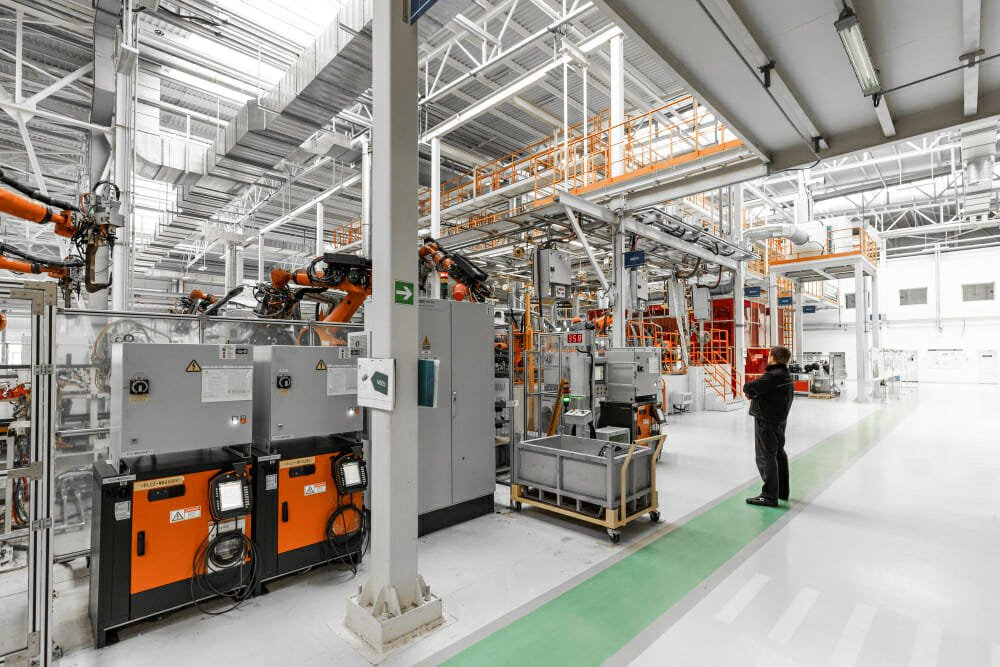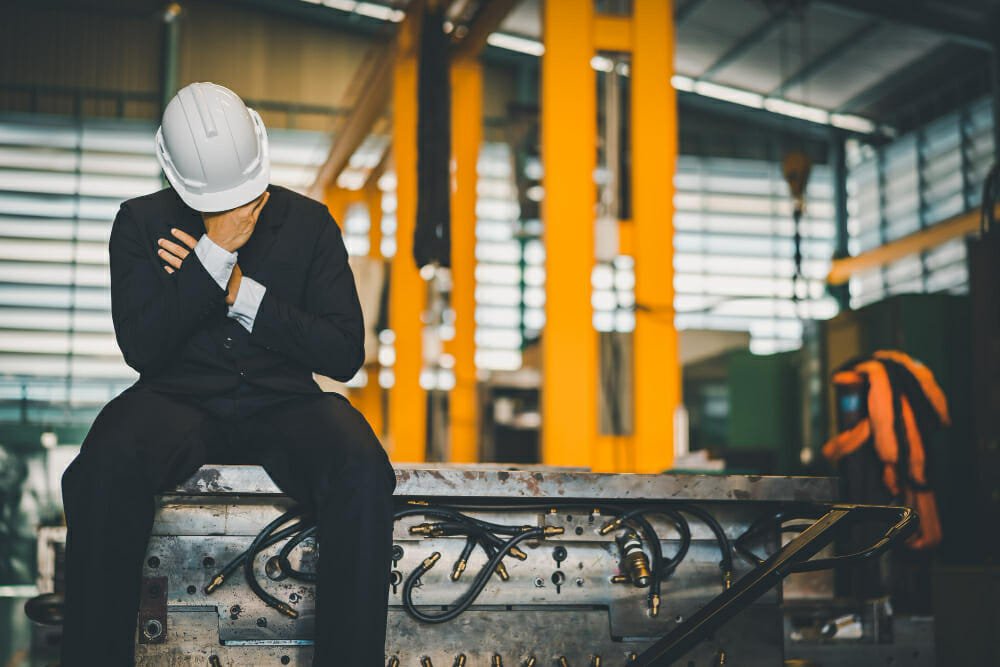In the realm of manufacturing, industrial machine assembly plays a pivotal role in ensuring the efficient production of various goods. The process of assembling industrial machines is complex and requires meticulous attention to detail, coordination, and adherence to best practices. This article delves into the key strategies and practices that can streamline the industrial machine assembly process, leading to enhanced productivity, reduced errors, and improved overall manufacturing outcomes.
Importance of Streamlining Industrial Machine Assembly
Enhancing Efficiency and Productivity
Efficiency and productivity are the cornerstones of successful manufacturing operations. Streamlining the industrial machine assembly process directly contributes to achieving these goals. By optimizing assembly procedures and minimizing unnecessary steps, manufacturers can significantly reduce the overall time required to assemble machines. This leads to faster delivery times, shorter lead times for customers, and increased throughput within the manufacturing facility.
Cost Reduction and Resource Optimization
Effective streamlining of the assembly process can also lead to substantial cost savings. By minimizing errors, rework, and material waste, manufacturers can allocate resources more efficiently. Moreover, optimized assembly procedures often require fewer man-hours, reducing labor costs. As a result, businesses can allocate their budget to other critical areas, such as research and development, innovation, and employee training.
Best Practices for Streamlining Industrial Machine Assembly
Comprehensive Pre-Assembly Planning
Successful industrial machine assembly begins long before the physical components are brought together. Thorough pre-assembly planning is crucial to identify potential bottlenecks, design constraints, and required resources. This planning phase involves collaboration between design engineers, assembly technicians, and project managers. Clear communication and a shared understanding of the assembly sequence lead to smoother execution.
Modular Design and Standardization
Modular design involves breaking down complex machines into smaller, standardized components that can be assembled independently and then integrated seamlessly. This approach not only simplifies assembly but also enables easier troubleshooting and maintenance in the future. Standardized components allow for quicker replacement, reducing downtime during repairs.
Leveraging Technology and Automation
Incorporating technology and automation can revolutionize the industrial machine assembly process. Robotic arms, automated guided vehicles (AGVs), and computer-aided assembly simulations are among the tools that can enhance precision and speed. Automation also reduces the risk of human errors and increases repeatability, ensuring consistent quality across multiple assemblies.
Strategies for Continuous Improvement
Data-Driven Decision Making
In the age of Industry 4.0, data plays a crucial role in refining assembly processes. By collecting and analyzing data from various stages of assembly, manufacturers can identify patterns, uncover inefficiencies, and make informed decisions. Real-time data also enables rapid adjustments to assembly procedures based on actual performance metrics.
Cross-Functional Collaboration and Training
Effective streamlining requires collaboration among diverse teams, including design, engineering, assembly, and quality control. Regular cross-functional meetings promote a holistic understanding of the assembly process and foster a culture of continuous improvement. Additionally, ongoing training ensures that assembly technicians are up-to-date with the latest techniques and technologies.
Lean Principles for Waste Reduction
Adopting lean manufacturing principles can significantly minimize waste during assembly. Techniques such as 5S (Sort, Set in order, Shine, Standardize, Sustain) and value stream mapping help identify non-value-added steps and streamline workflows. Lean practices also emphasize empowering assembly technicians to identify and address inefficiencies in real-time.
Conclusion
Streamlining industrial machine assembly is a multifaceted endeavor that requires a combination of strategic planning, efficient practices, and continuous improvement strategies. From pre-assembly planning and modular design to the incorporation of technology and data-driven decision-making, manufacturers have a wealth of tools at their disposal. By embracing these best practices and strategies, manufacturers can unlock enhanced efficiency, reduced costs, and increased competitiveness in the ever-evolving landscape of manufacturing. As industrial machine assembly continues to evolve, the journey toward optimization remains a dynamic and rewarding pursuit.





